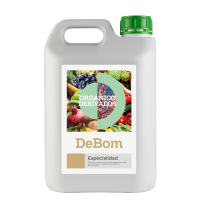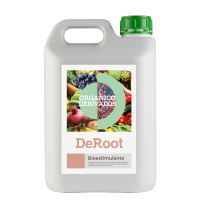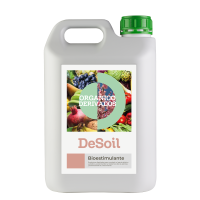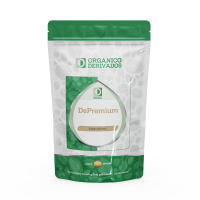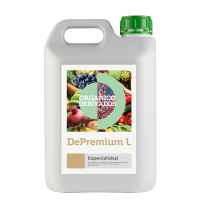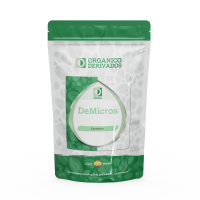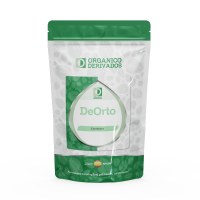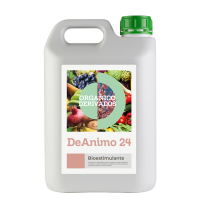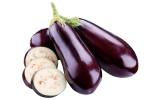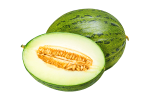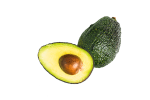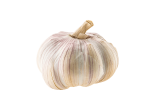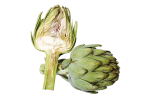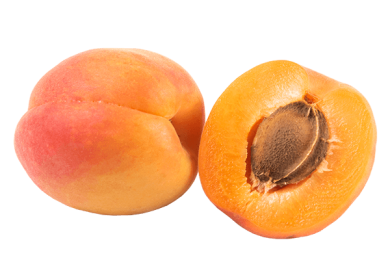
Apricot
Get informed about the properties and requirements of apricot, and we will guide you to the best formulations to optimize your horticultural cultivation.
Get to know the apricot to achieve excellent results in your crops
Apricot is also known with other common names such as damasco, durazno, albergero, albérchigo o chabacano, in spanish, but the scientific name of the apricot is Prunus armeniaca.
The apricot is a deciduous tree with a voluminous and rounded canopy that can grow up to 10 meters in height. Thanks to its deep and extensive root system, the apricot tree can reach a height of up to 10 meters. Its young branches are reddish and spread out, while the secondary branches are short, divergent, and sparse. The flowers are large, hermaphroditic, and white or slightly pink. globular or oblong drupes, yellow in color. The skin is orange and turns red when exposed to the sun.
Su cultivo en España, el tercer productor mundial de albaricoques, ocupa una superficie de 20.000 hectáreas, aproximadamente, con una producción de unas 20.000 toneladas. Las zonas de costa mediterránea como Murcia y Valencia son las principales cultivadoras, así como otras zonas con menor extensión como Aragón, Baleares y Albacete.
Hay muchas variedades de albaricoque, cada una específica de la zona dónde se adaptaron inicialmente. A nivel nacional, se cultiva Búlida y Canino. Algunos ejemplos de variedades de zonas geográficas específicas son el Currot, Mauricio, Palau, Rojo de Carlet o Moniquí.
Soil characteristics
Typically, apricot trees are planted using rootstocks adapted to the local soils, allowing them to be grown and adapted in various soil types. However, they prefer loamy, deep, and well-drained soils for optimal growth. Subsoil permeability is important for this crop, as waterlogging can be detrimental to apricot trees.
- Loamy soils
- Deep soils
- Well-drained soils
- Waterlogged soils
Climate needs
It requires winter chill hours (between 350 and 1100 hours below 7ºC). However, being an early blooming tree, it is susceptible to flower sensitivity to low temperatures and frost. It also requires summer heat for the complete fruit ripening.
- Maximum winter cold 7 ºC
- Summer heat - ºC
Irrigation
Apricot trees with well-established roots have lower water requirements compared to other fruit trees, typically ranging from 500-700 mm of annual rainfall to achieve good yields. Young trees have higher irrigation needs and require a moist zone to stimulate the rooting of the seedling.
- Moderate
TOP recommended formulations for most crops
You may also be interested in…
We can assist you!
If you wish to contact us for more informationinformation about our products, If you want to become our distributor, make a
